Home>Ideas and Tips>How To Choose The Right Window Treatments For Privacy And Style
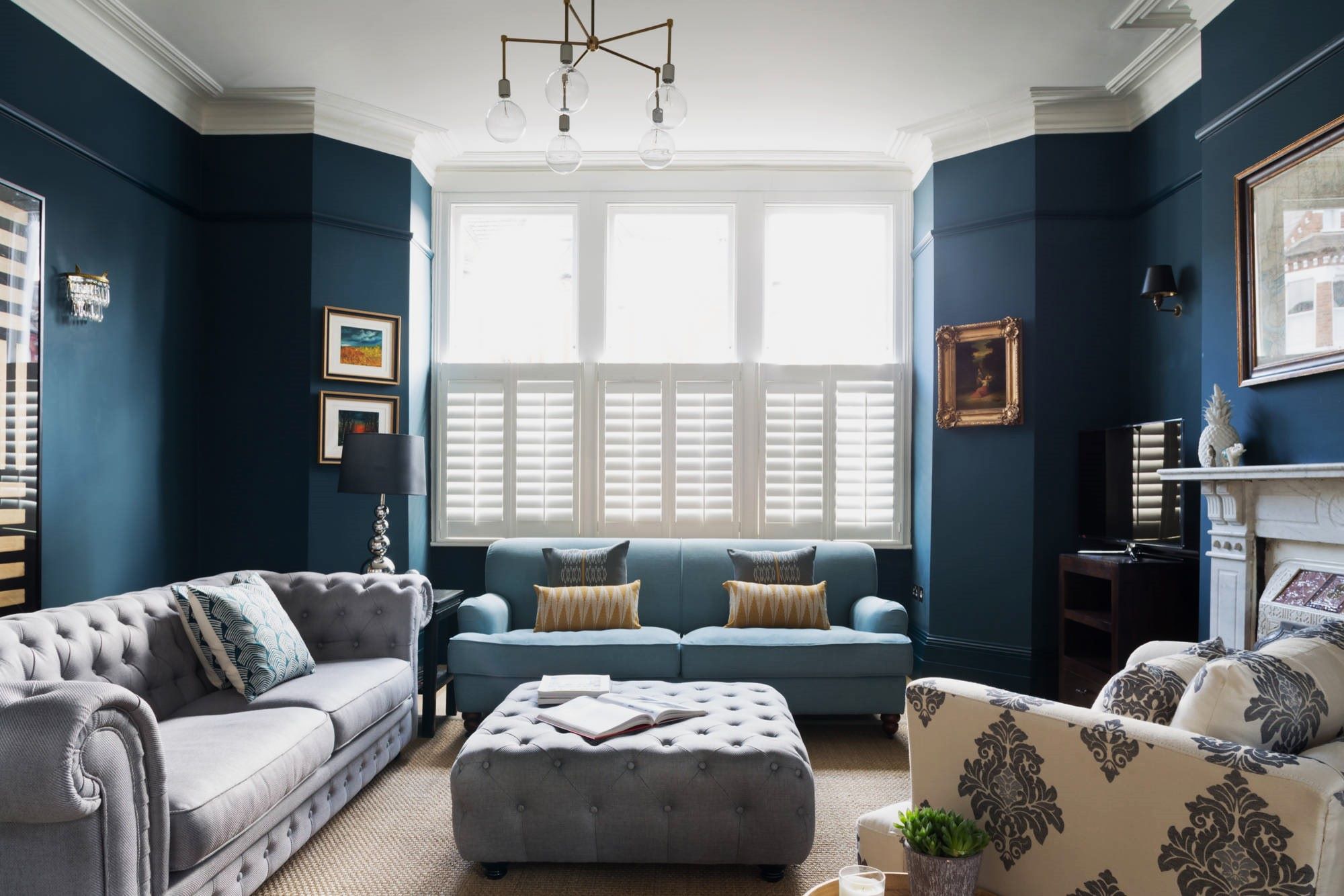

Ideas and Tips
How To Choose The Right Window Treatments For Privacy And Style
Published: September 17, 2024
Discover how to choose the perfect window treatments that balance privacy and style for every room in your home. Expert tips and examples included.
(Many of the links in this article redirect to a specific reviewed product. Your purchase of these products through affiliate links helps to generate commission for Storables.com, at no extra cost. Learn more)
Choosing the right window treatments can be a daunting task, especially when you consider the dual functions they serve: providing privacy and enhancing the style of your home. Window treatments come in a variety of forms, including curtains, drapes, shades, and even bare windows. Each option has its own set of advantages and disadvantages, making it crucial to understand what each type offers before making a decision.
Consider the Light
One of the first things to think about when selecting window treatments is how much light you want to let into a room. Different rooms have different lighting needs. For example, in a bedroom, you might want to block out as much light as possible to ensure a good night's sleep. Heavier drapes with light-blocking panels are ideal for this purpose. On the other hand, living rooms often benefit from sheer curtains that allow natural light to enter while maintaining some level of privacy.
Example: Bedroom Window Treatments
In a bedroom, it's common to use heavier drapes that not only block out light but also provide insulation. These drapes can be made of thick fabrics like velvet or linen and may include additional features such as blackout panels. These panels are designed to completely block out any remaining light, ensuring that the room remains dark even during the day.
Example: Living Room Window Treatments
In contrast, living rooms often require a balance between letting in natural light and maintaining privacy. Sheer curtains are an excellent choice for this purpose. They allow sunlight to filter through while providing a level of opacity that prevents outsiders from seeing into the room. These curtains can be made of lightweight materials like cotton or silk and come in various patterns and colors to complement the room's decor.
Make a Style Statement
The style of your room is another critical factor in choosing window treatments. Different window treatments can significantly impact the aesthetic of a room, so it's important to choose ones that align with your overall design theme.
Example: Formal vs. Casual
Curtains are generally more formal than shades, which are more casual. For example, if you're decorating a dining room or living room for entertaining guests, sheer curtains can add a touch of sophistication while keeping the room bright. On the other hand, casual rooms like hallways or offices might benefit from bare windows or simpler shades.
Example: Neutral Colors
If you're investing in expensive window treatments, it's wise to opt for neutral colors. This allows you greater freedom if you decide to redecorate later on. Neutral colors like beige, gray, or white are versatile and can easily blend with different decorating styles.
Open and Shut Case
Deciding whether to leave windows bare or cover them up entirely depends on several factors. If the windows themselves are standouts and gorgeous, there's no reason to cover them up. Similarly, if the view outside those windows is spectacular, it might be best not to obstruct it.
Example: Privacy Concerns
However, privacy should always be a consideration when deciding whether to leave windows bare. If there are no concerns about who can see into the house, then you can definitely decide not to cover those windows. But if privacy is an issue, window treatments become essential.
Shade Factor
Shades are a fantastic choice for windows where curtains just aren't an option. For instance, in kitchens where there's no room for drapery over a sink, shades offer privacy when needed but can be rolled up to let sunlight in. Shades can also be hung either inside the window frame or mounted over it.
Example: Bathroom Window Treatments
In bathrooms, privacy film is often the best answer. This type of film can be applied directly to the glass and provides complete privacy without obstructing the view.
Choosing the Right Fabric
The fabric you choose for your window treatments can significantly impact both privacy and style. Here are some tips for selecting the right fabric:
Example: Heavy Fabrics for Large Rooms
Heavy fabrics or dark colors look best in large rooms with tall ceilings. Unless you live in a McMansion, light fabrics and colors are your best bet. If you do go for a dark color, try pairing it with a lighter fabric to avoid overwhelming the space.
Example: Simple Shades for Modern Look
Simple shades give a more modern look and are easy to open and close frequently. Roman shades elongate windows and are particularly useful in bedrooms where frequent adjustments might be necessary.
Measuring and Installing
Measuring correctly is crucial when installing window treatments. Here are some tips to ensure accurate measurements:
Example: Measuring for Shades
When ordering shades yourself, measure multiple times—then have someone else measure it just to be sure. If the shades are going inside the frame, leave about half an inch of room on either side to ensure proper fitment.
Example: Hanging Curtains
Hang curtains or shades a few inches from the ceiling to elongate the window and make the room seem taller. For standard 8-foot ceilings, go for 96-inch curtains that just brush against the floor without swinging in the breeze.
Additional Tips
Here are some additional tips to keep in mind when choosing window treatments:
Example: Avoiding Expensive Curtain Rods
Don't pay tons of money for expensive curtain rods; Ikea rods do the trick and can be spray-painted gold, silver, copper—anything you want.
Example: Avoiding Tie-Backs
Avoid using tie-backs; they can look cluttered and outdated. Instead, opt for sleeker designs that keep your windows looking clean and unobstructed.
Conclusion
Choosing the right window treatments involves considering several factors including light, style, privacy, and fabric choice. By understanding these elements and following the tips outlined above, you can select window treatments that not only enhance your home's aesthetic but also provide the necessary privacy and functionality. Whether you prefer curtains, shades, or bare windows, there's a perfect solution out there waiting to be discovered.
References
- Beth Lindsey. "How to Select the Right Window Treatments." Beth Lindsey Blog.
- Anna Smith. "How to Choose Window Treatments Correctly—Every Time." Anna Bode.
- General Guidelines for Window Treatments. While specific articles provide detailed insights into choosing window treatments, general guidelines emphasize the importance of balancing light, style, and privacy when making your selection.
By following these guidelines and tips, you'll be well-equipped to choose the perfect window treatments for your home, ensuring both privacy and style are perfectly balanced.
Was this page helpful?
At Storables.com, we guarantee accurate and reliable information. Our content, validated by Expert Board Contributors, is crafted following stringent Editorial Policies. We're committed to providing you with well-researched, expert-backed insights for all your informational needs.
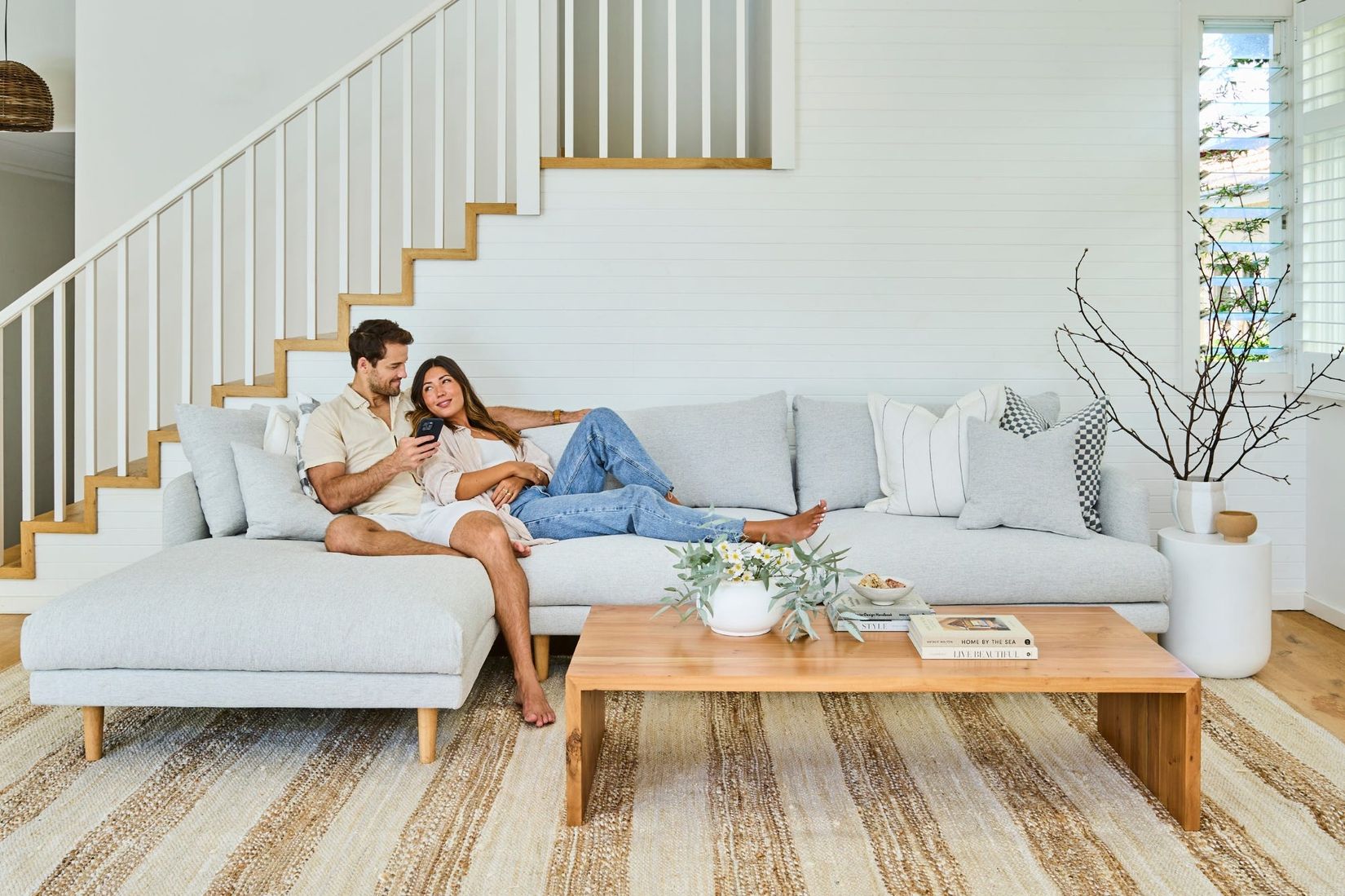
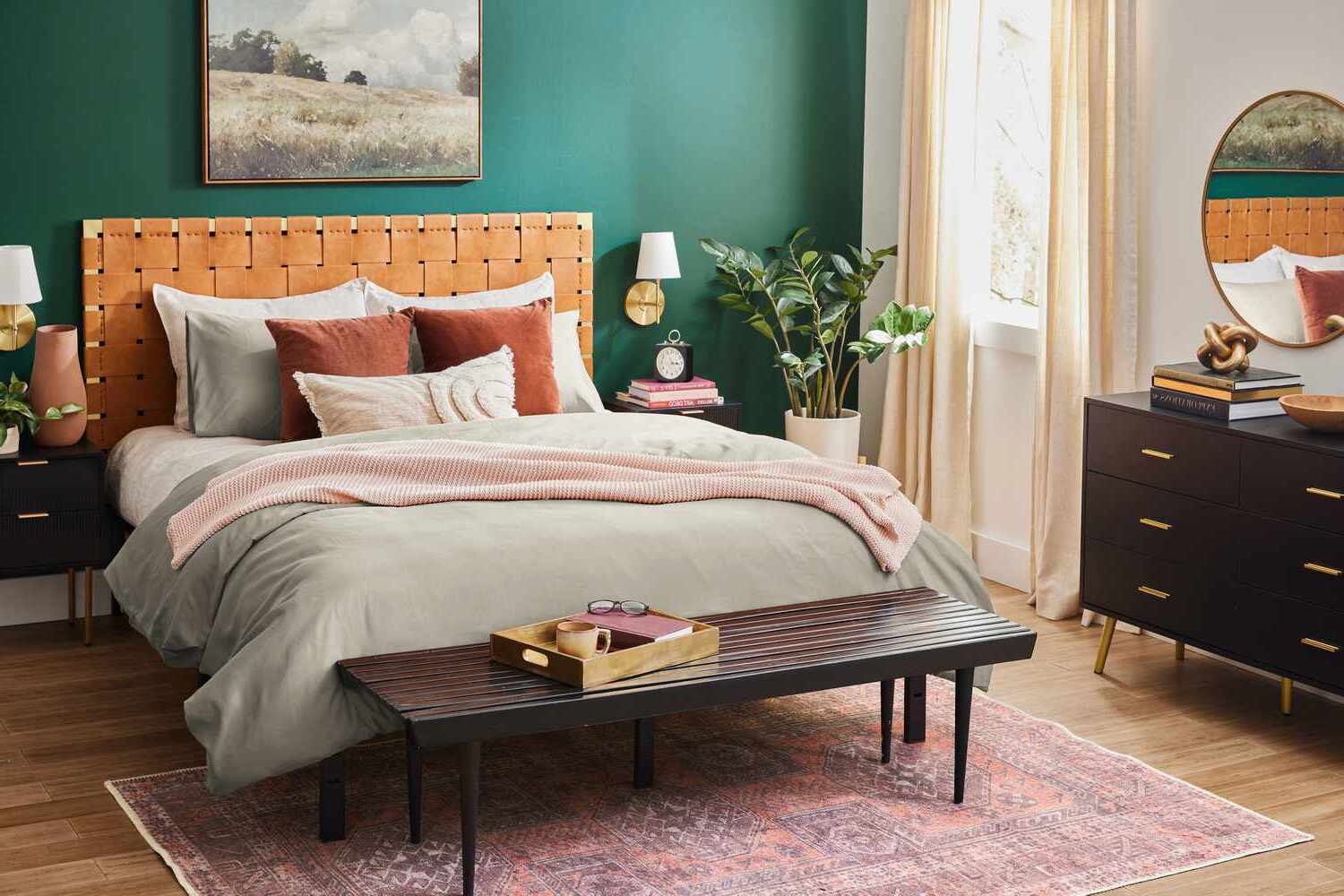
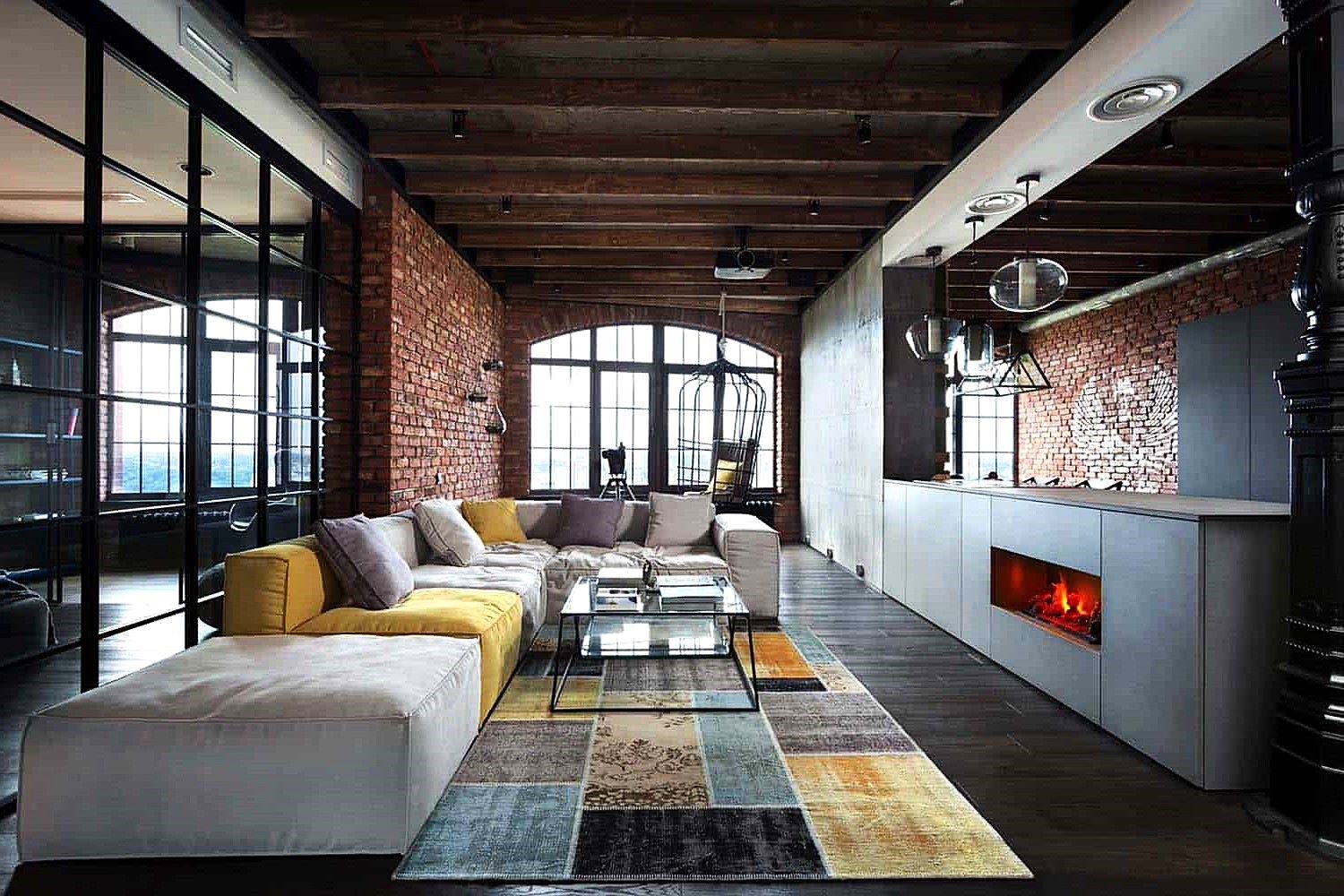
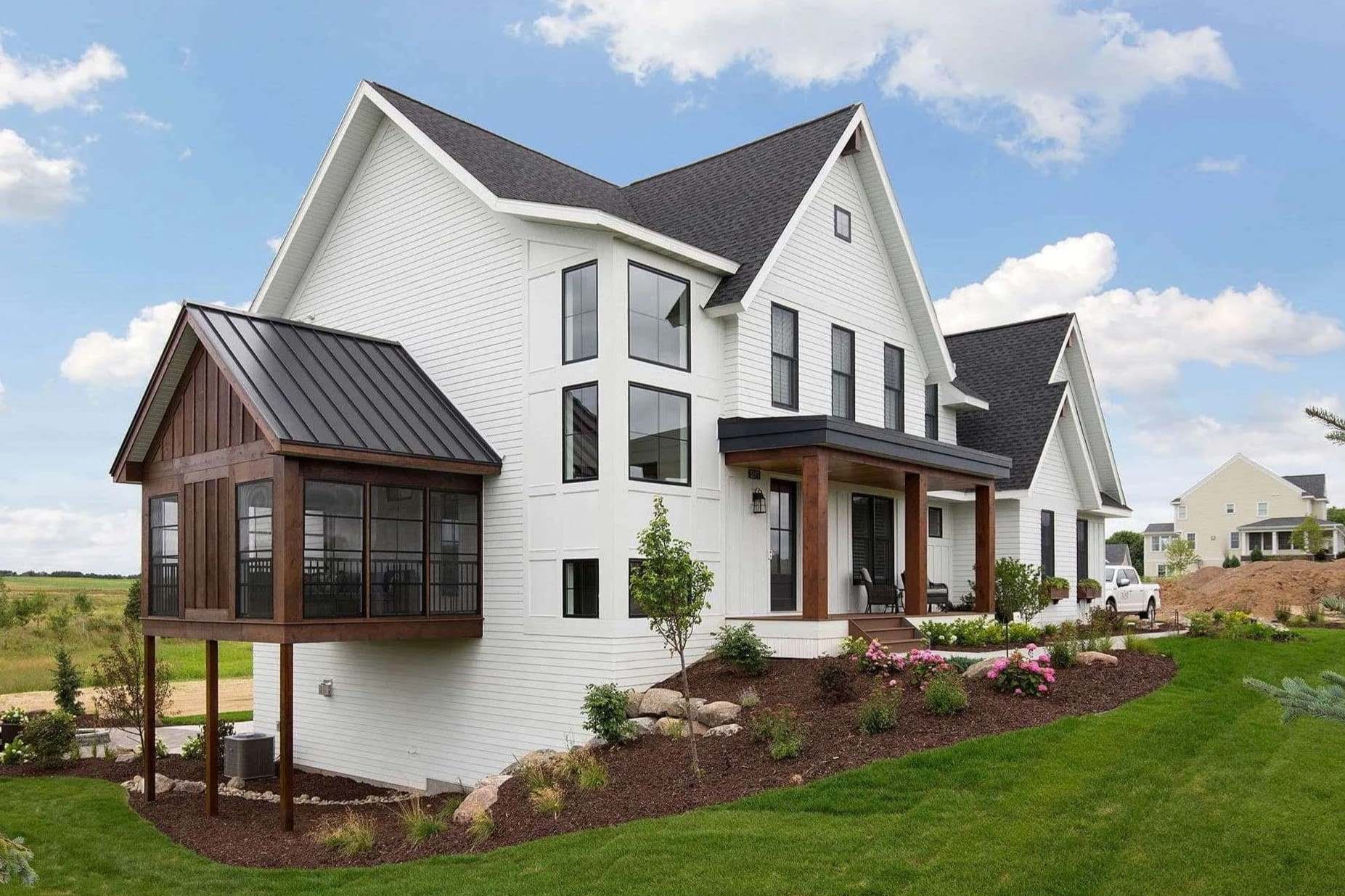
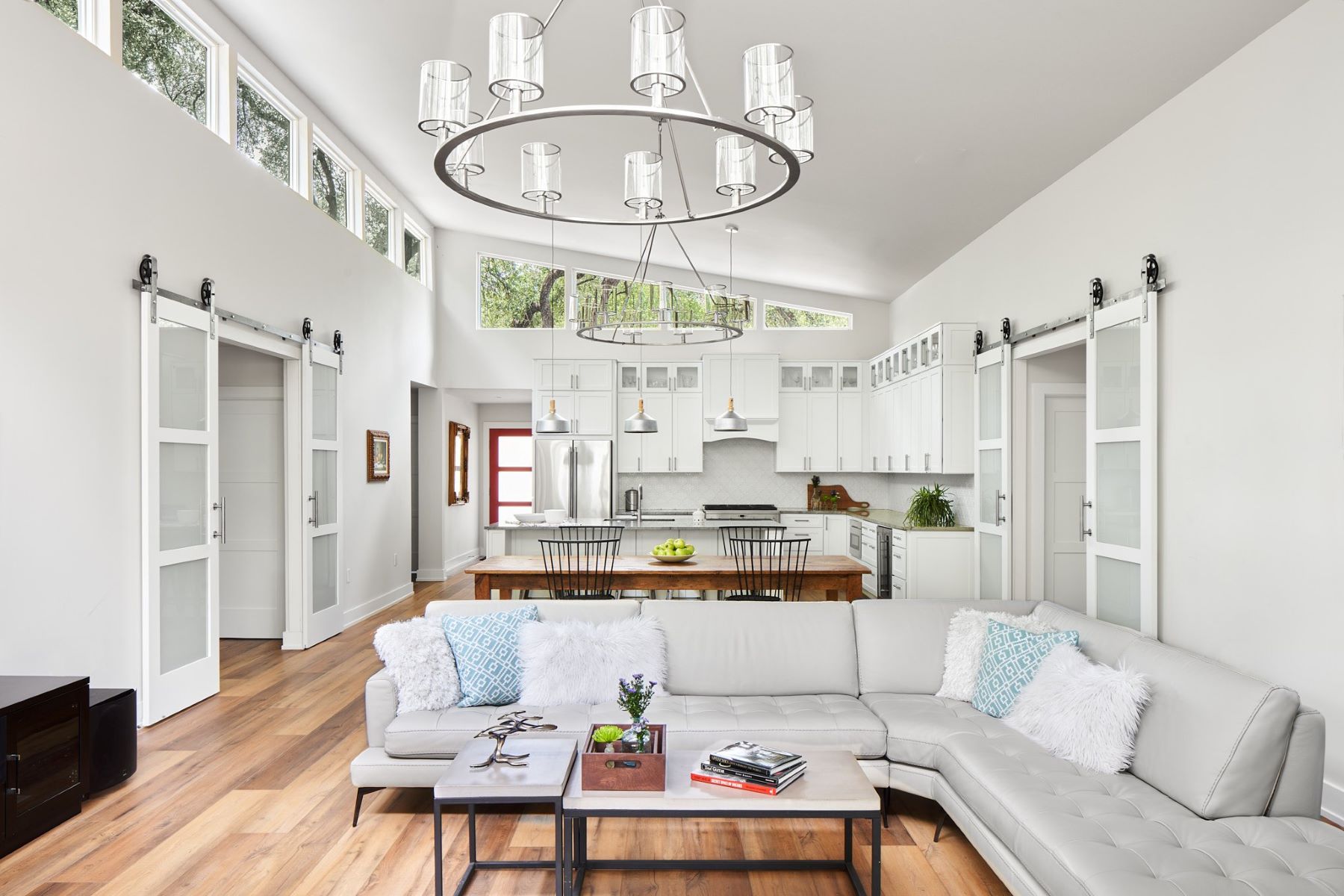
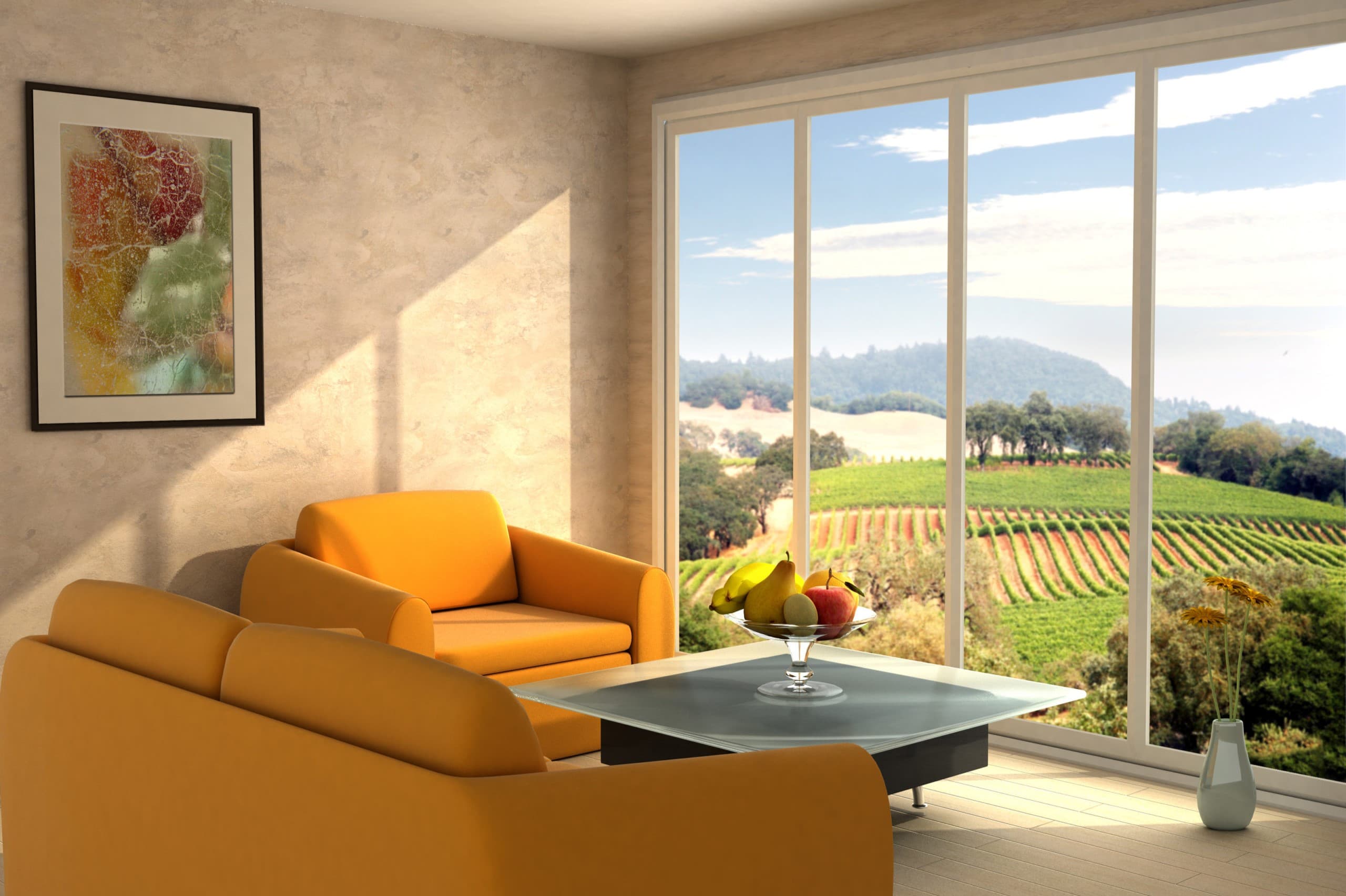
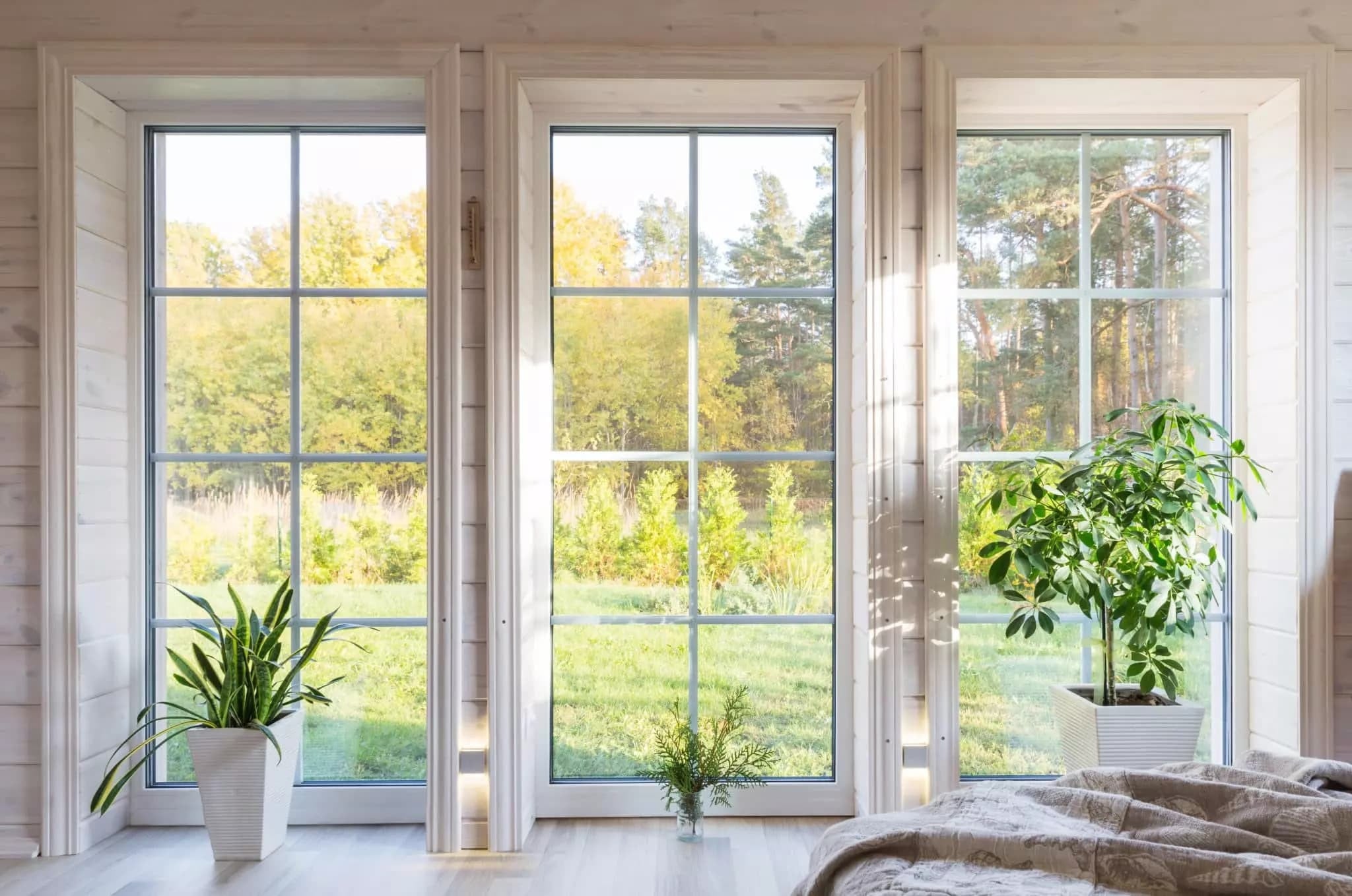
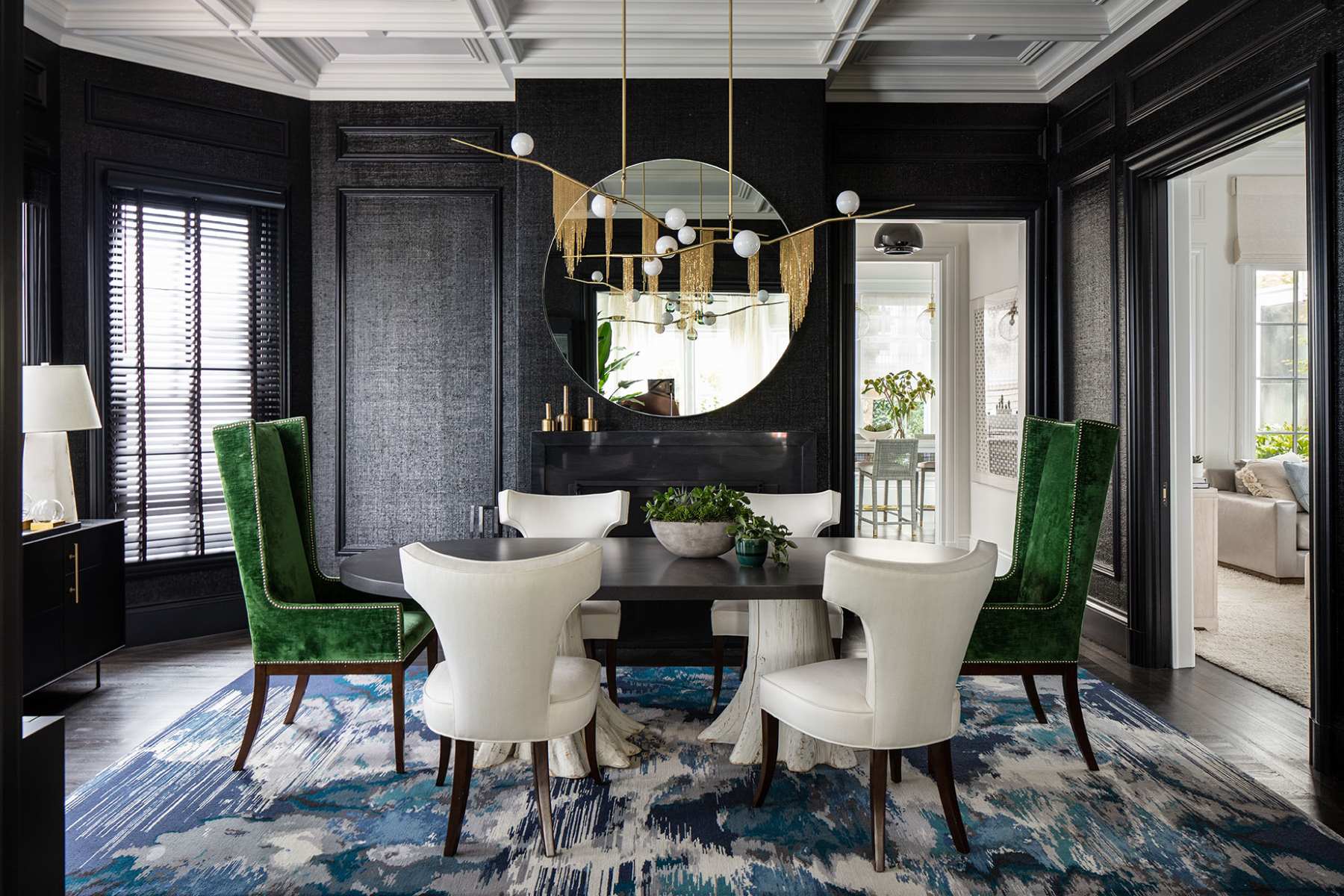
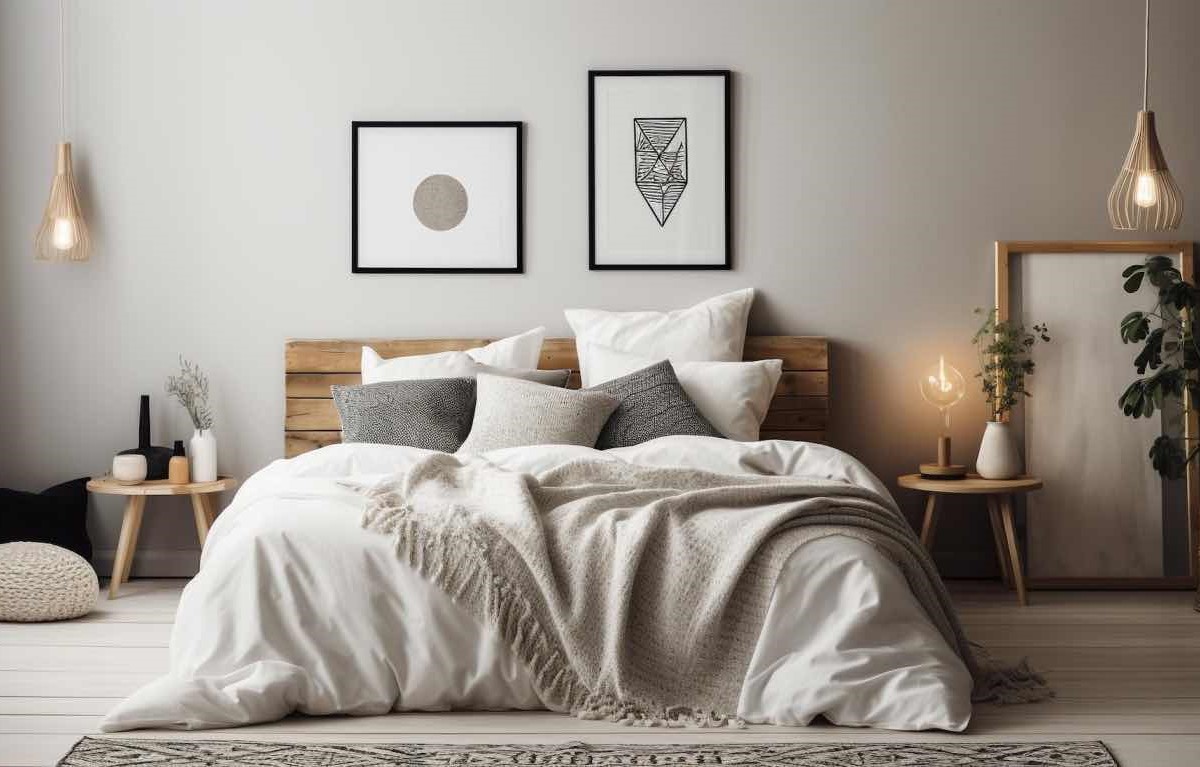
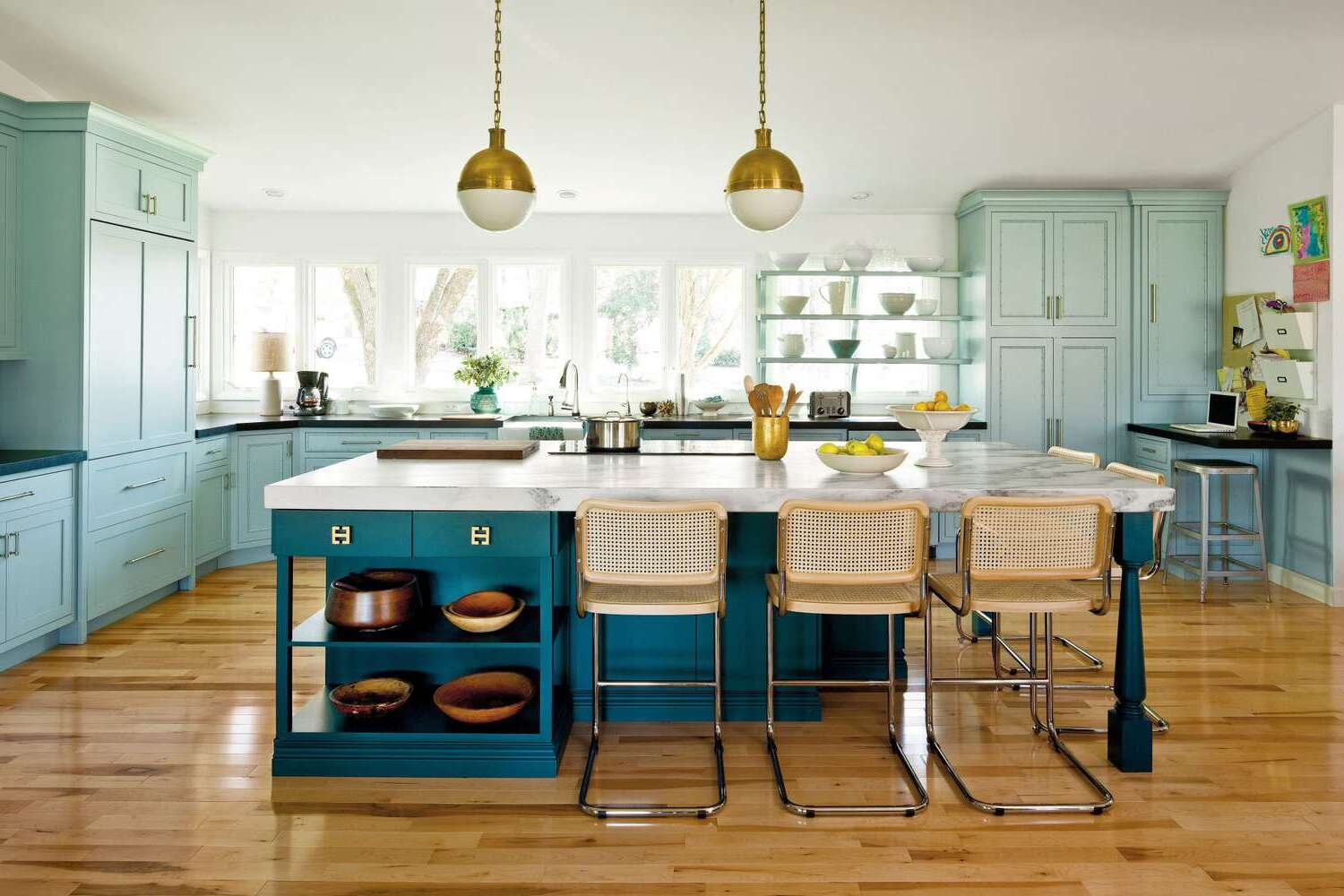
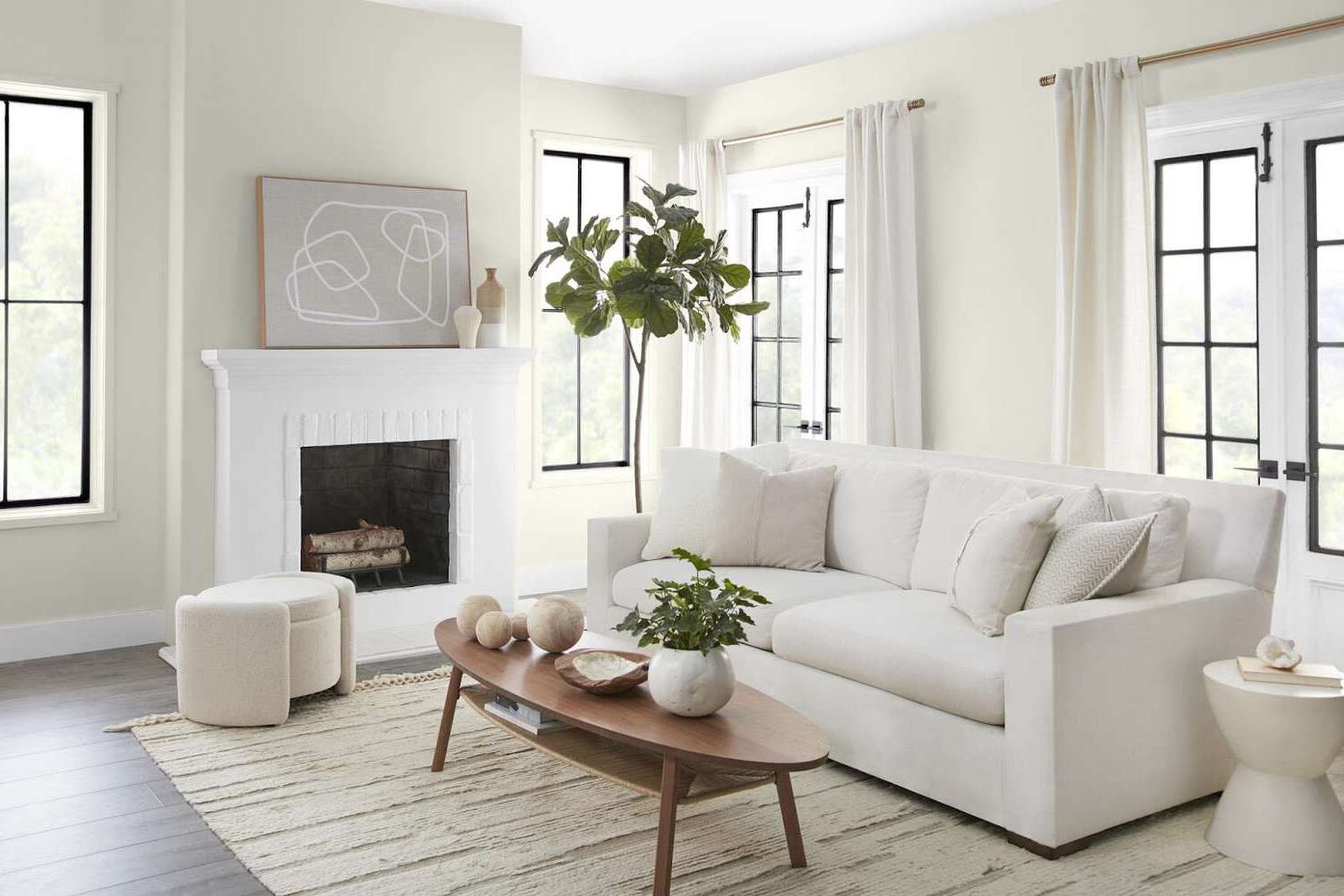
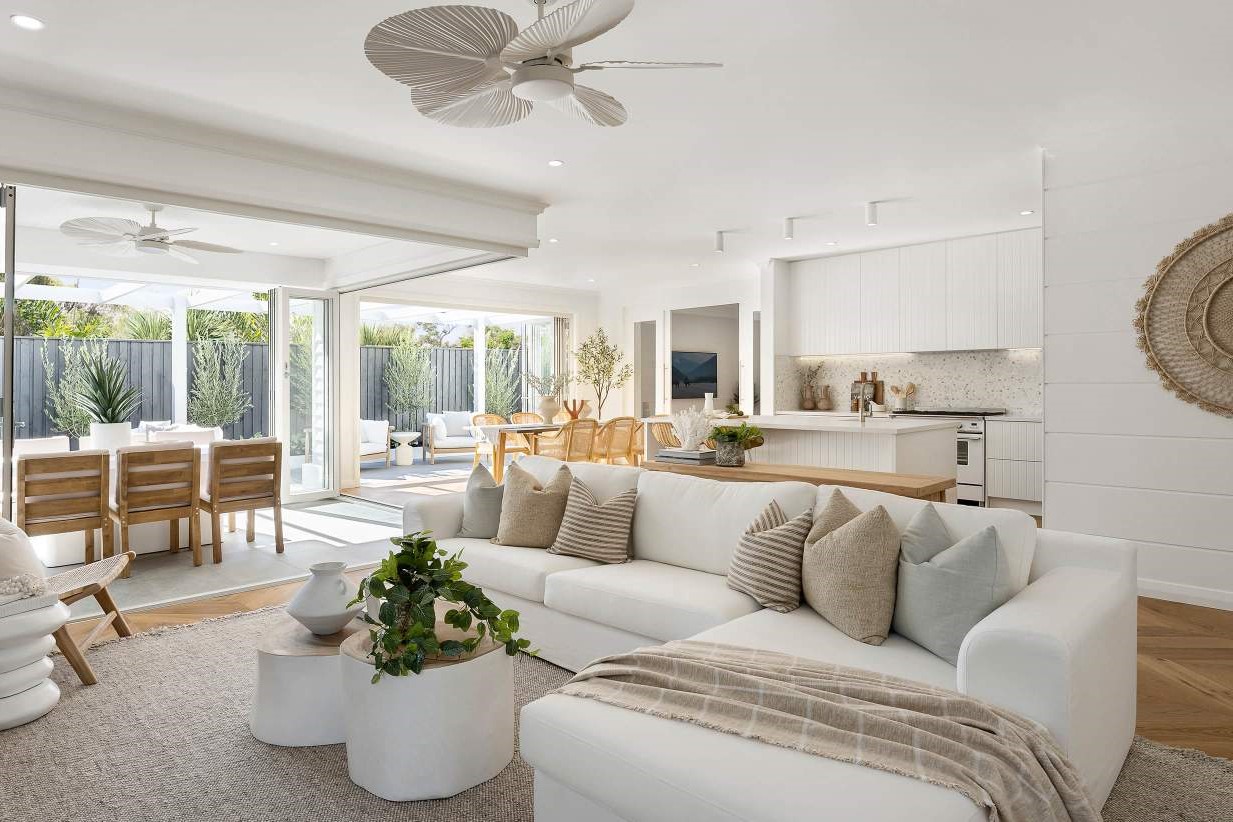
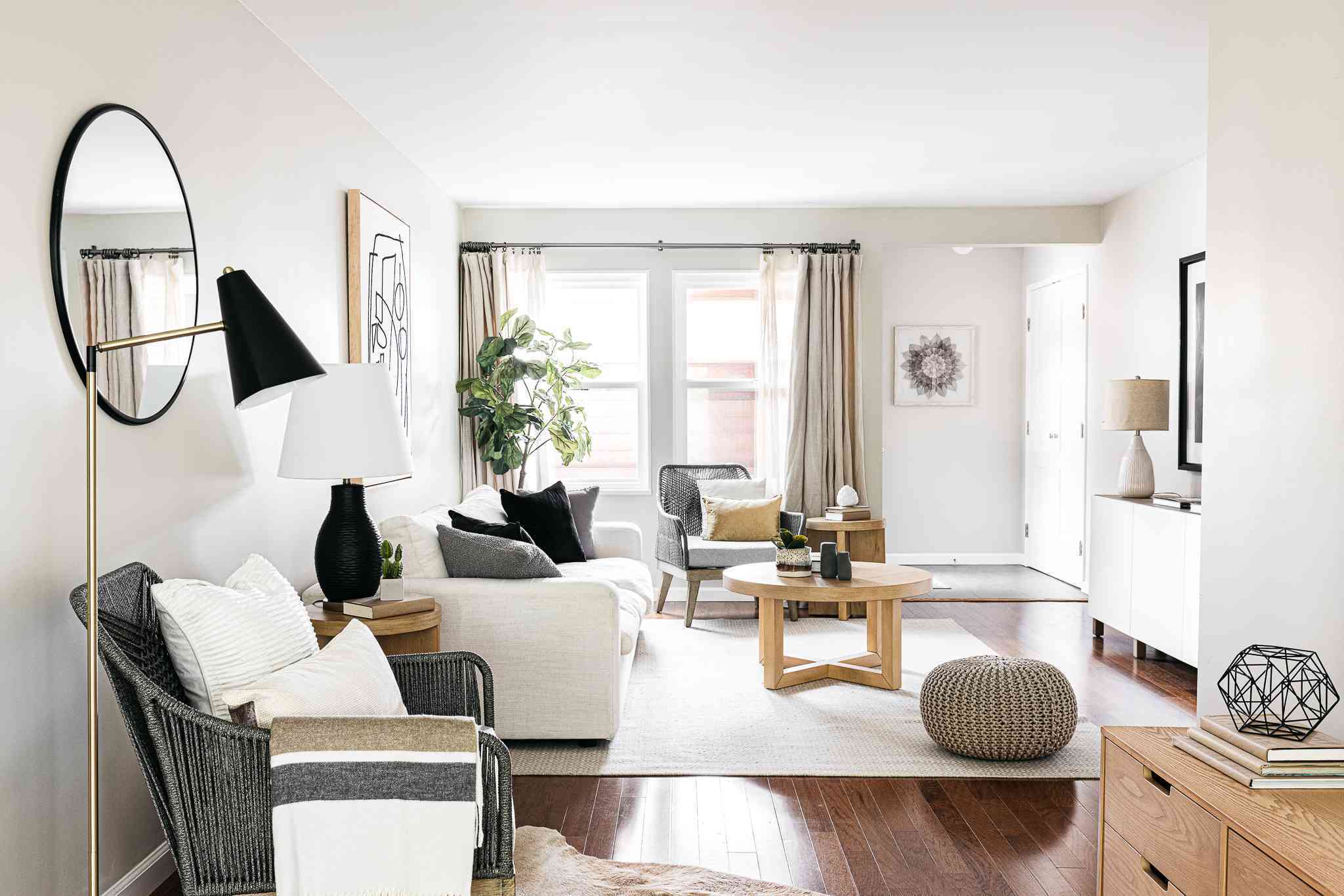
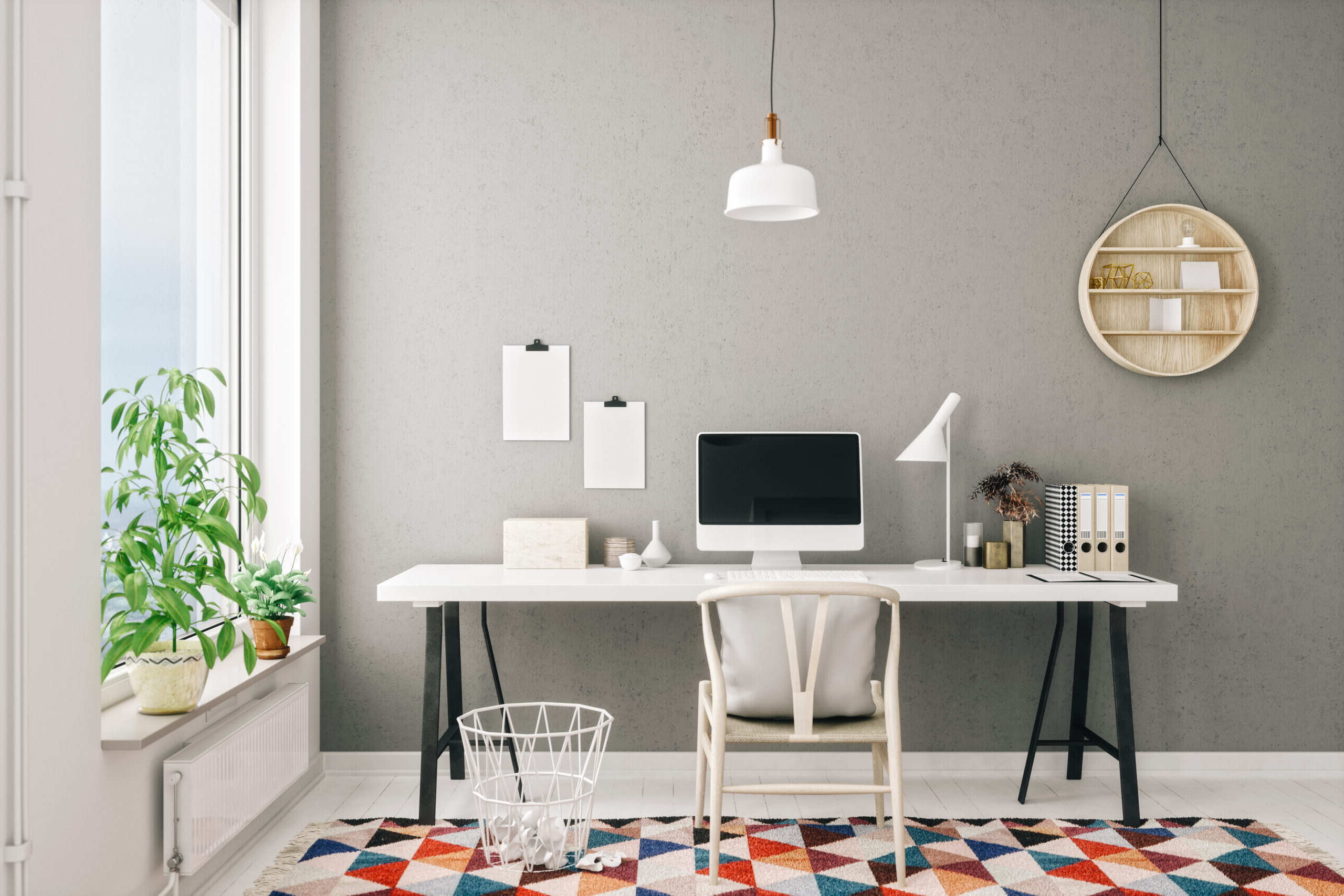

0 thoughts on “How To Choose The Right Window Treatments For Privacy And Style”